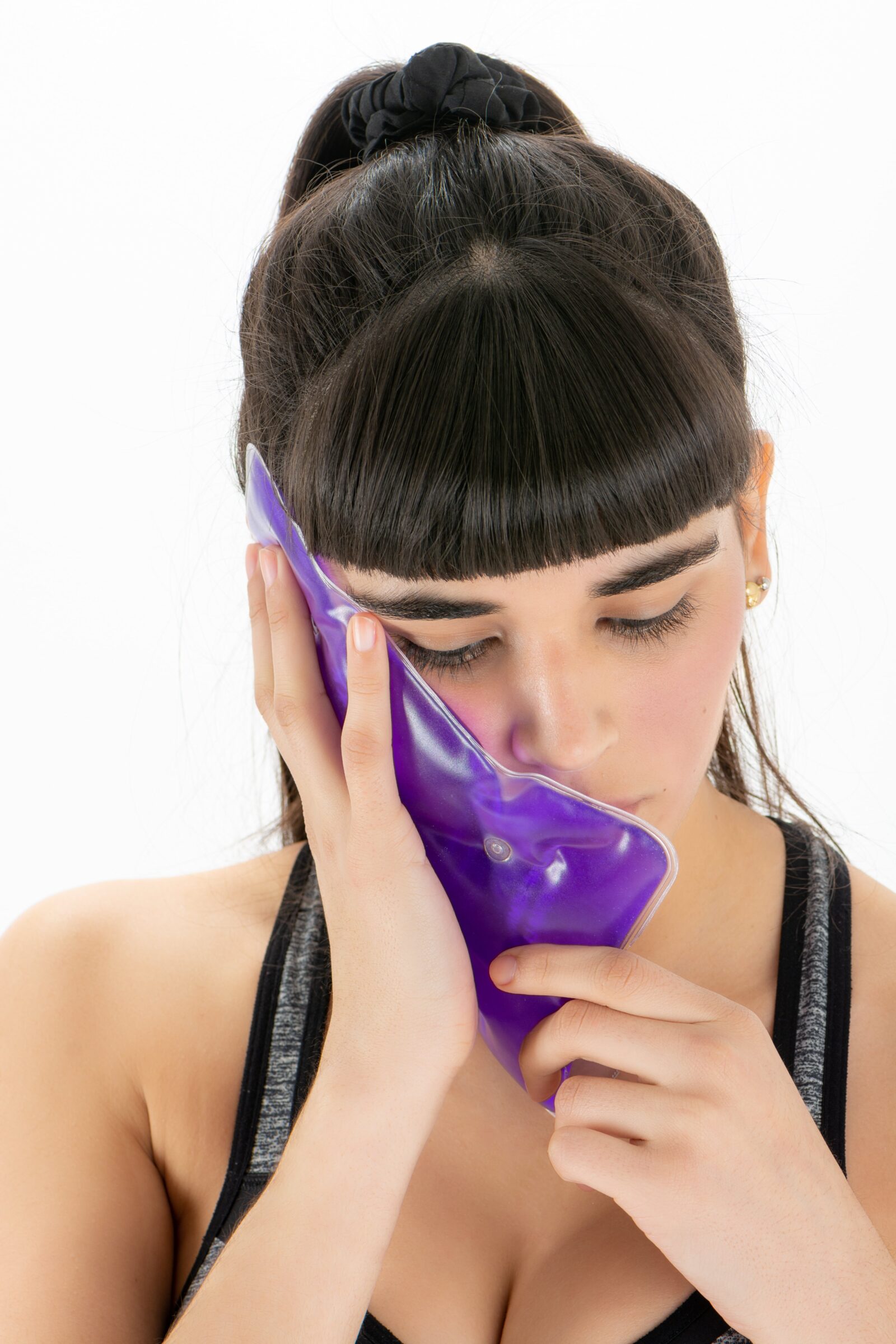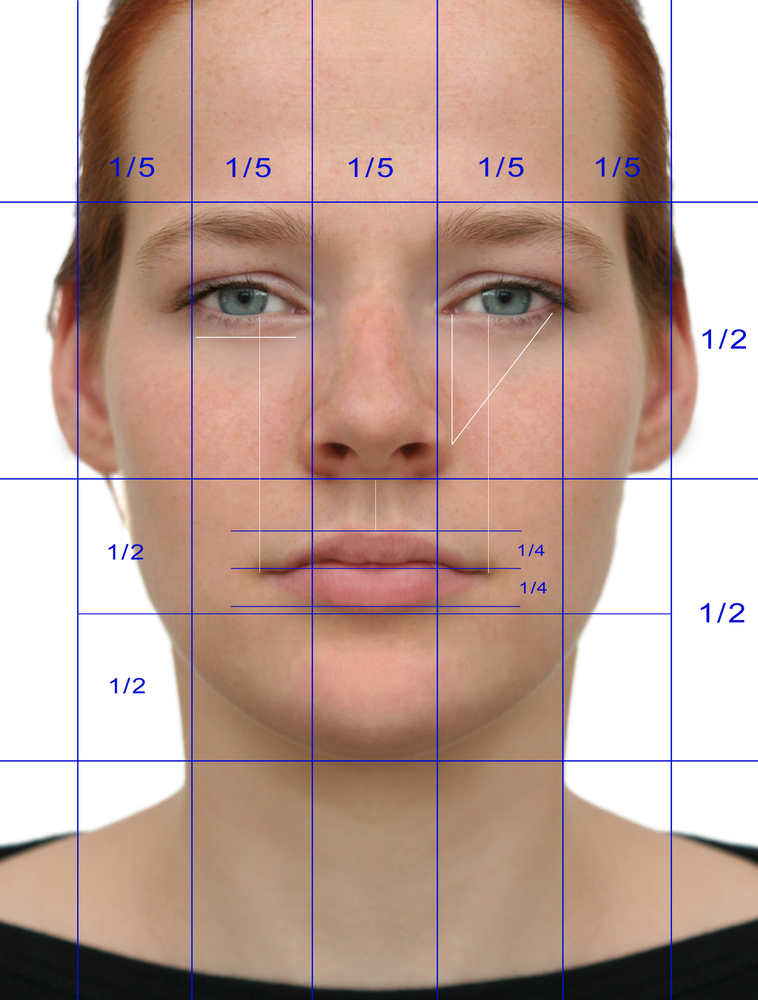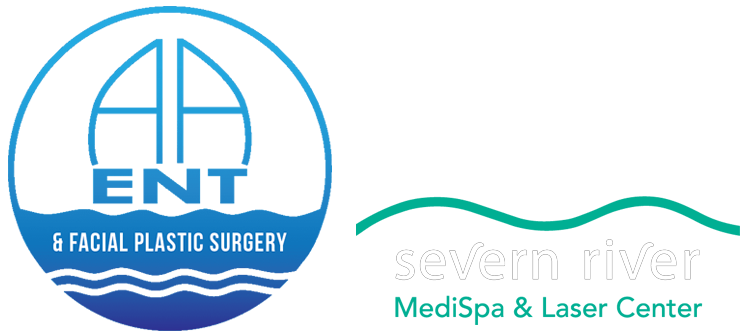Undergoing facelift surgery is a significant step toward achieving a youthful appearance and boosting self-confidence. However, the journey doesn’t end when you leave the operating room. The recovery phase is equally crucial in determining the success of your procedure and how you ultimately look and feel. In this blog, we will explore essential tips and strategies to help you navigate the post-operative period with ease. From adhering to your surgeon’s aftercare instructions to maintaining a healthy lifestyle, we will guide you through the key aspects of recovery to ensure you look and feel your absolute best after facelift surgery.
1. Follow Your Surgeon’s Aftercare Instructions
The most critical step in your recovery is to adhere strictly to the aftercare plan provided by your surgeon. This may include instructions on how to care for your incisions, when to take prescribed medications, and when it’s safe to resume certain activities. Following these guidelines helps ensure a smooth recovery and optimal results.
2. Prioritize Rest and Recovery
Your body needs time to heal after surgery. Ensure you get plenty of rest and avoid strenuous activities that could strain your incisions or lead to swelling. Sleep with your head elevated to reduce swelling and minimize bruising.
3. Maintain a Healthy Diet and Hydration
Eating a balanced diet rich in vitamins and minerals supports your body’s healing process. Foods high in antioxidants, such as fruits and vegetables, can help reduce swelling and speed up recovery. Staying hydrated is equally important, as water aids in detoxification and helps maintain skin elasticity.

4. Use Cold Compresses for Swelling
Applying cold compresses can help reduce swelling and bruising around the surgery area. However, it’s essential to follow your surgeon’s advice on how often and how long to use them to avoid any complications.
5. Attend Follow-up Appointments
Post-operative follow-up appointments are crucial to ensure your recovery is on track and to address any concerns you might have. These visits allow your surgeon to monitor your healing progress and ensure that you are achieving the desired results.
6. Take Care of Your Skin
Gentle care of your skin is essential during recovery. Use the recommended skincare products to moisturize and protect your skin. Avoid direct sun exposure, as UV rays can cause scars to darken. When going outdoors, apply a broad-spectrum sunscreen with a high SPF to protect your skin and maintain the results of your facelift.
7. Stay Positive and Patient
Recovery from a facelift takes time, and it’s important to have realistic expectations about the process. Swelling and bruising can mask the results initially, so patience is key. Keep a positive outlook and focus on the long-term benefits of the procedure.
8. Seek Support
Recovering from facelift surgery can be an emotional journey. It’s important to have a support network of friends, family, or a support group who can provide encouragement and help you through the recovery process.
Conclusion
Looking and feeling your best after facelift surgery requires a combination of diligent aftercare, healthy lifestyle choices, and a positive mindset. By following these tips and maintaining close communication with your surgeon, you can enhance your recovery experience and enjoy your rejuvenated appearance.








